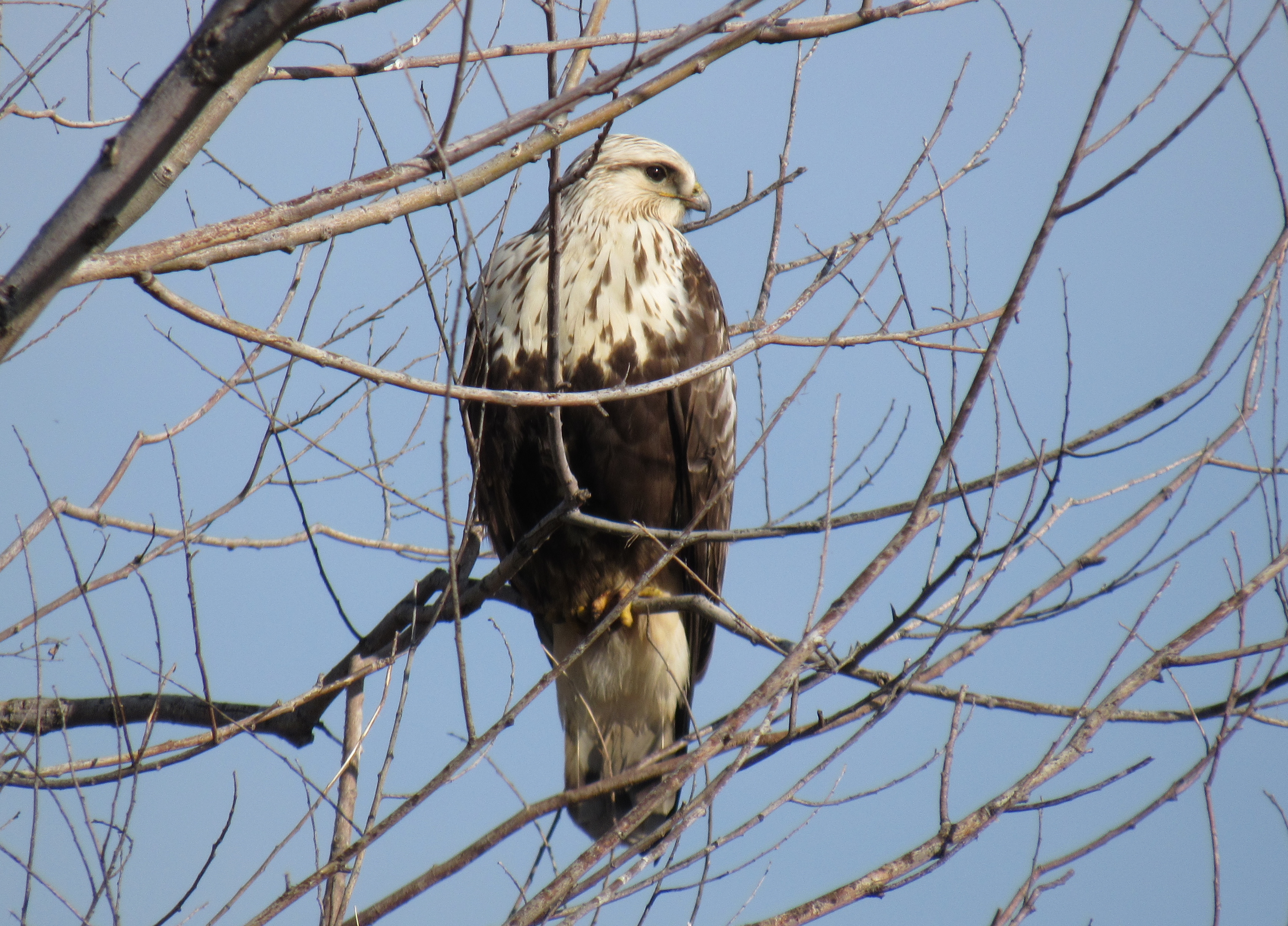All The Ducks!

On a recent birding trip to Merced National Wildlife Refuge, I tallied up a list of sixteen different species of ducks. Only a few more species, around twenty in total, are expected in the Central Valley of California's freshwater marshes during the winter, so I consider that to be an excellent day for ducks! North American ducks are broadly separated into two categories, largely based on their methods of foraging for food. Dabbling ducks , also known as "puddle ducks," tend to frequent shallow water, where they are commonly seen tipping bottoms-up to feed on plant matter and invertebrates in the water and on the muddy bottom. They are most at home in water, but walk easily on land as well, as their legs are positioned near the center of their bodies. The wings of dabbling ducks are relatively large, which allows them to take off from the surface of the water, straight up into their air. Dabbling ducks almost all nest on the ground, near water....


